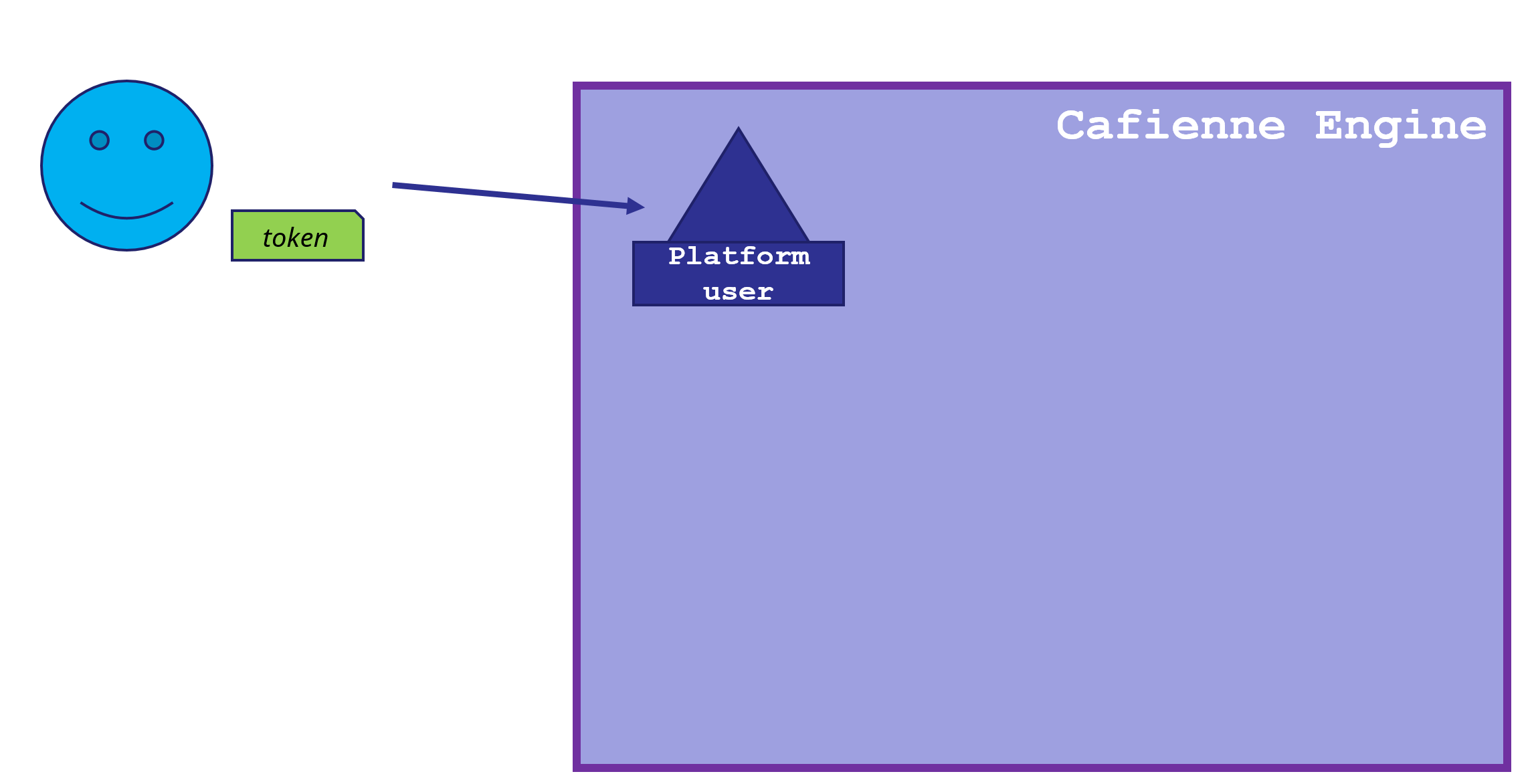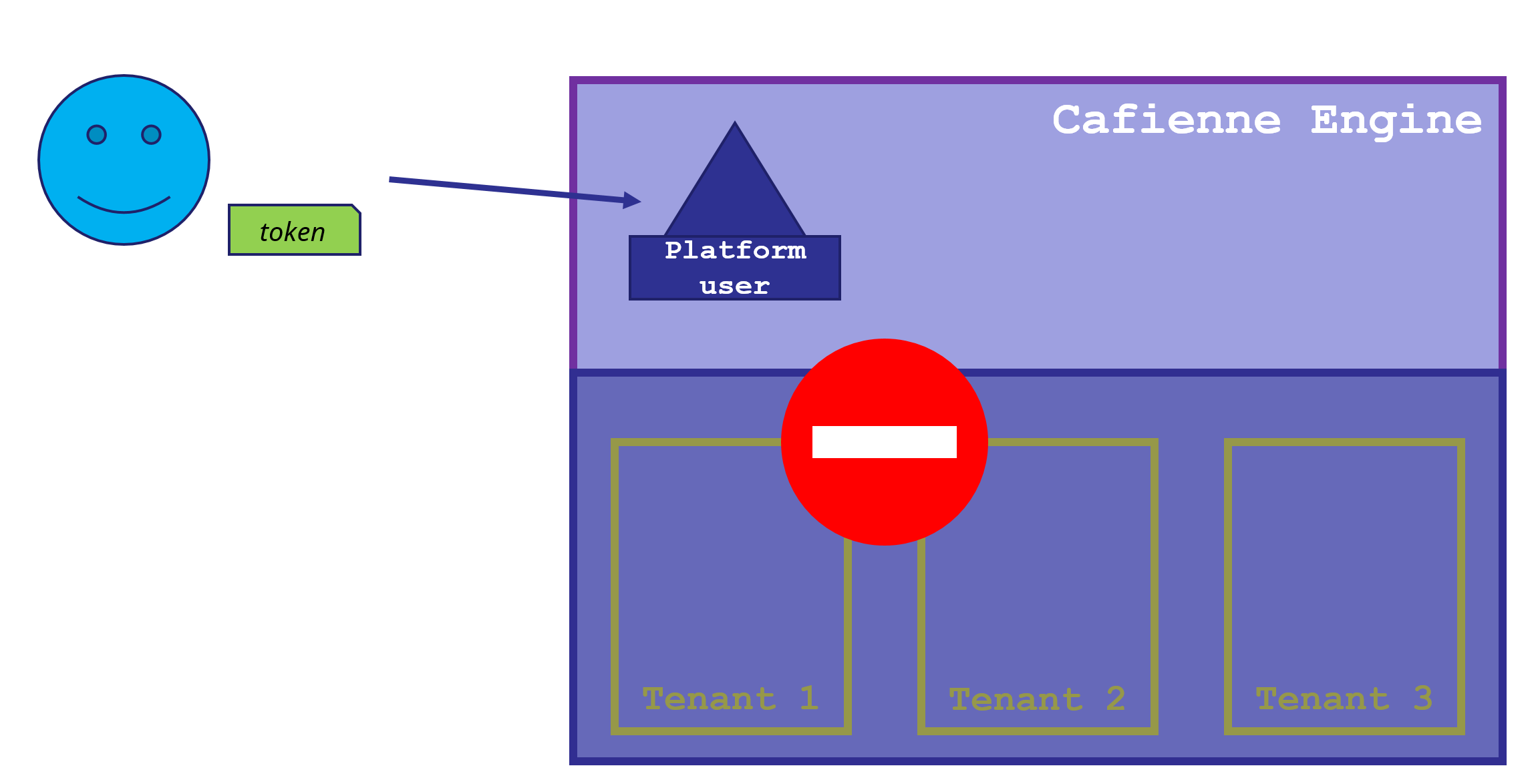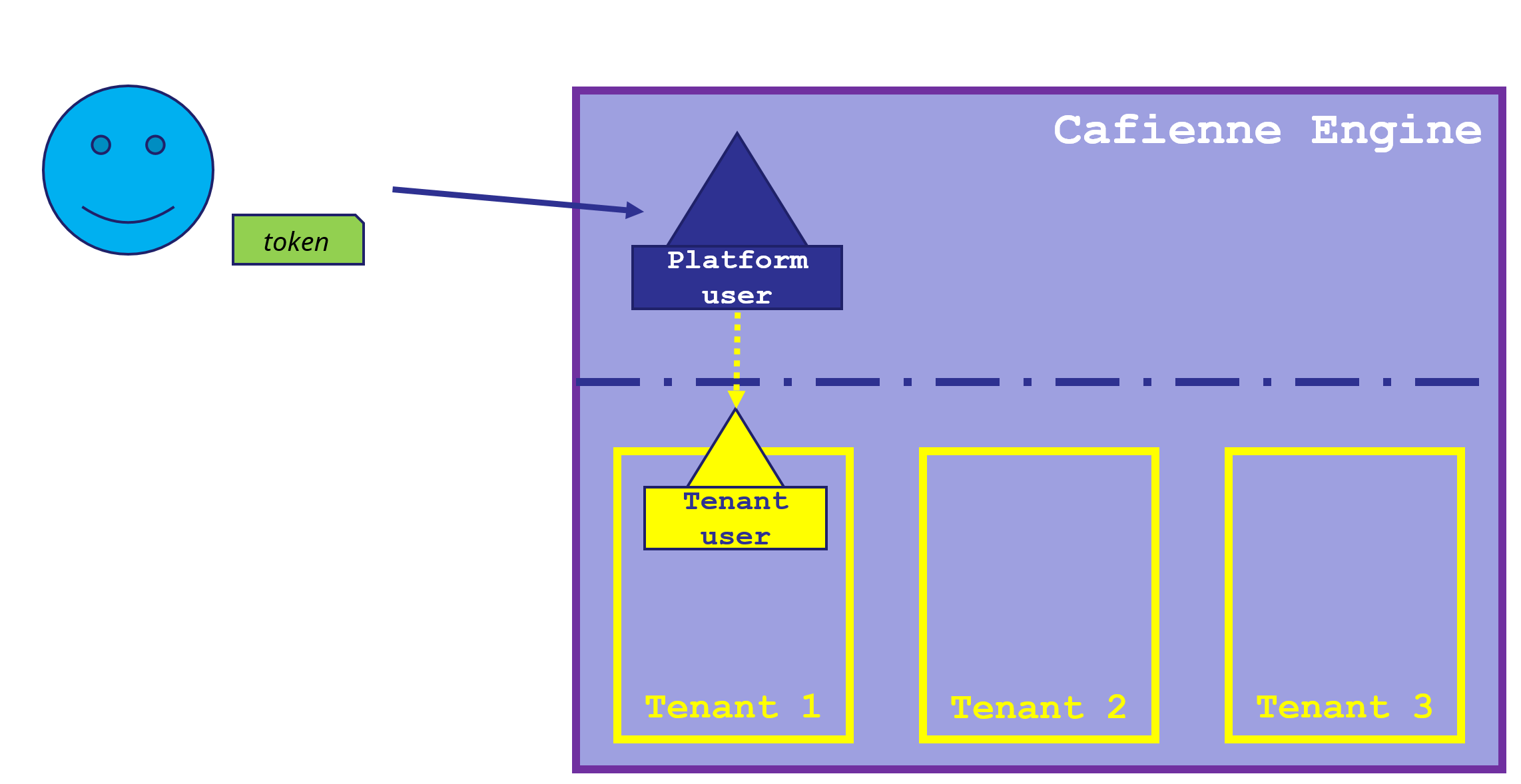CaseFabric Authentication Overview
CaseFabric uses OpenID Connect
CaseFabric in itself does not implement any form of authentication. Instead, the engine relies on the OpenID Connect protocol. Users can authenticate to CaseFabric with JSON Web Tokens (JWT) provided by an external Identity Provider.
IDP Configuration
The provider must be configured in the local.conf file of the CaseFabric Engine.
Example in getting-started
The CaseFabric demo environment in getting-started comes with a default Docker image of the open source Dex Identity Provider.
This image is preloaded with a few demo users, and this list can be extended manually in the /src/idp-conf/dex.yaml file.
Platform Users and Tenant Users
Every user that is able to get a JWT token from the Identity Provider can access the CaseFabric Engine. The CaseFabric Engine uses these tokens to identify it's internal platform users and tenant users.
Mandatory JWT Token Claims
The JWT token must contain a sub claim. This claim is used to uniquely identify users in the CaseFabric Engine. The value of the claim is passed one on one, i.e., without any translation.
Some Identity Providers, such as Dex, fill the claim in an encoded manner, e.g. CgVhZG1pbhIFbG9jYWw.
This can help in a security context where personal user information may not end up in the case engine's storage.
Platform User
The token must contain the sub claim. This claim is used to create a Platform User. This is nothing more than a simple conversion of the token into an internal structure.

To be more precise, the Platform User does not have any rights within the CaseFabric Engine.

In essence a Platform User has only two properties:
user idwhich is the value of thesubclaim from theJWTtokentenantswhich holds the list of tenants in which the platform user has been registered. This list can be empty, meaning that the user has no access to any tenant in the platform. This is typically the case for platform owners, see the CaseFabric Authorization Overview.
Tenant User
For all the tenants that the user has been registered a Tenant User structure is created.
This structure holds the following properties:
user idwith the same value as the platform user and thesubclaim from the token.roleswhich is a set of roles that the user has within this specific tenant. This set may be empty. Also, the same user may have different roles in different tenants, e.g. a user working for a Supplier will be "Employee" in the supplier tenant, and may be "Supplier Representative" in a tenant that is a customer of the supplier.nameName is an optional propertyemailEmail is an optional property The optional properties are hardly used.
When a user sends a request to the CaseFabric Engine this is typically directed into a specific tenant. E.g., a case must always be started in a specific tenant.
Some queries, e.g. GetMyCases or GetAllTasks without a tenant filter set will be executed across all tenants that the user has been registered in.

